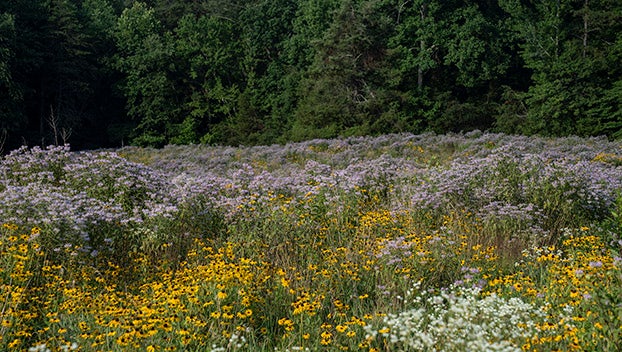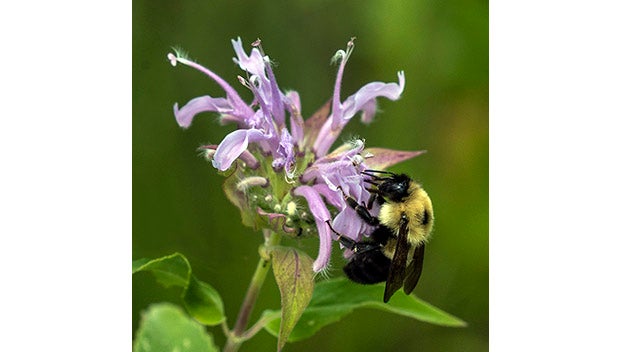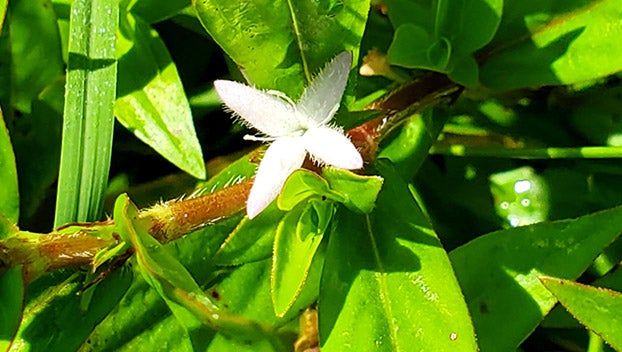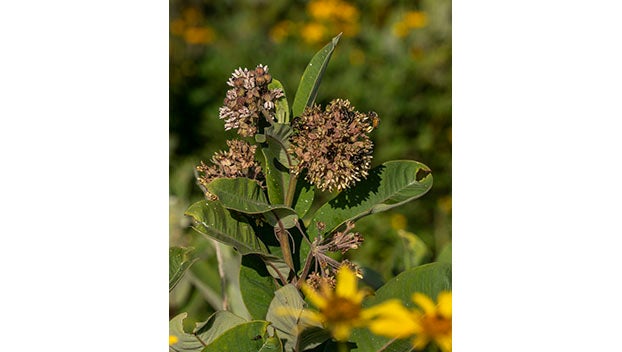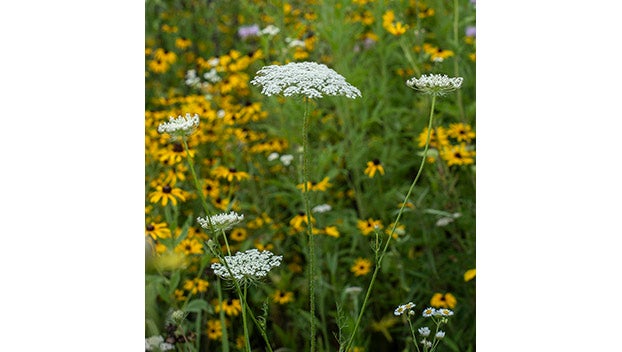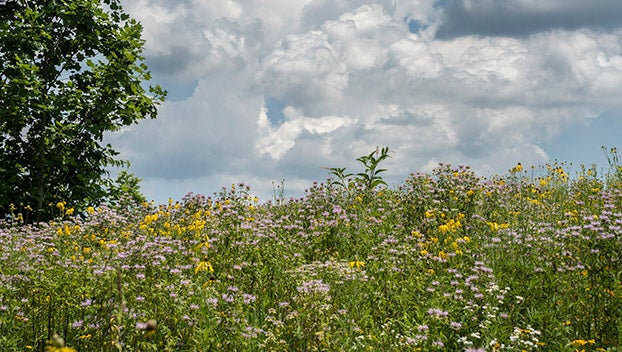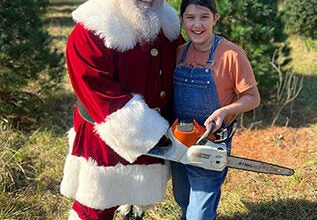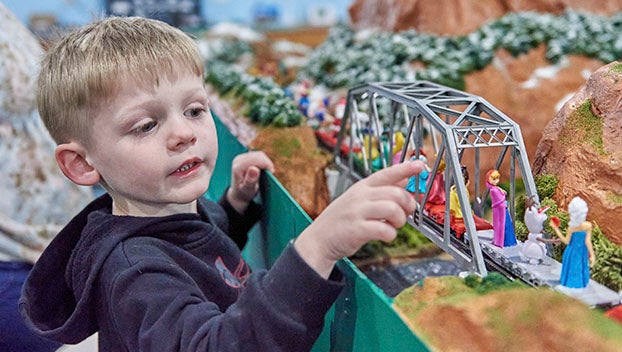From the Ground Up: Wildflower Meadows
Published 6:19 pm Friday, November 4, 2022
|
Getting your Trinity Audio player ready...
|
Wildflower meadows have been an important feature of the British landscape for hundreds of years. Nevertheless, they didn’t develop as natural features of the landscape, but as human creations, resulting from hundreds of years of land management practices. A well-kept meadow there can be home to as many as 100 species of plants and support a complex web of bees, butterflies, beetles, grasshoppers, birds, small mammals and even fungi. Unfortunately, since the 1930s, over 90 percent of the wildflower meadows have disappeared.
While we don’t have the same long history of wildflower meadows here, we have recently come to understand their importance and to appreciate their beauty. They’re suddenly trendy, but, as many gardeners have learned, planting a meadow isn’t a way to get out of gardening chores. It’s not possible to toss some seeds onto a grassy area and expect a meadow to emerge.
A local couple, Al and Betsy Lookofsky of Pamplin know all about the work involved in developing a relatively small wildflower meadow or pollinator patch as they call it. So does Overton McGehee in Fluvanna County; he has developed an 18-acre meadow. Both the Lookofskys and McGehee are in the third year of their projects. The Lookofskys support pollinators and focus on creating an area of beauty, while McGehee has broader objective for his project. He wants to provide habitat for quail, as well pollinators and other wildlife. Because he is participating in in the USDA DREP Upland Habitat Program, he has specific guidelines to follow.
The guidelines for starting
Whether you’re developing an acre of land or a much larger parcel, the guidelines for starting are the same. The first step is always to destroy all the vegetation on the plot of land. Gardeners working with small areas can closely mow the grass and then cover it with plastic and several inches of wood chips to kill the underlying vegetation, a process called solarization. Larger plots of land require different techniques, usually either herbicides or fire. In many cases, the land is then lightly tilled and planted with a cover crop, such as buckwheat, which will then be mowed down to stubble in late winter.
In early spring, carefully selected seeds will be sown. Some will sprout quickly, while others may not send up shoots until the following year. What to plant? Well, that depends on where you live and your objectives. It’s generally safe to limit your choice of natives to plants that grow in your county or perhaps the surrounding ones. Mainstays include various varieties of milkweed, mountain mints, goldenrods, asters, bee balm, black-eyed Susans, and native grasses. If aesthetics, rather than purity, are a consideration, then many gardeners add coneflowers and other pollinator-friendly nonnatives. Many developers of meadows will mow their meadows again after their new plants have emerged.
Wildflower meadows, by the third year
During the second year of a meadow’s development, it tends to look rather spotty, not at all full and lush. By the third year, however, the plants will be thick and humming with pollinators. New plants that weren’t in the original mix of seeds will also begin to appear. Some will be welcome natives or harmless nonnatives, such as Queen Anne’s lace, while others will need to be removed if they are aggressive growers.
Even after all of this work, the steward of a wildflower meadow’s work isn’t done. If just left alone, the meadow will quickly revert to weeds and eventually small trees and shrubs. Regularly scheduled burns will be needed to renew the meadow. McGehee has been advised by the USDA that he can substitute light disking every three years for burning. Why? The USDA says that light disking imitates the actions of a herd of bison passing through!
Not many of us gardeners are willing to develop an 18-acre wildflower meadow, but most of us can apply the concept to open areas of our property. Less lawn, more plants. To get some ideas for what to do, plan a visit to Charlottesville where there are mini wildflower meadows in the Belmont neighborhood, near the University of Virginia Hospital, and around Martha Jefferson Hospital. The town of Crozet has used wildflower plantings to unify several neighborhoods lining Jarman’s Gap Road. Lewis Ginter Botanical Garden also has a wildflower meadow.


